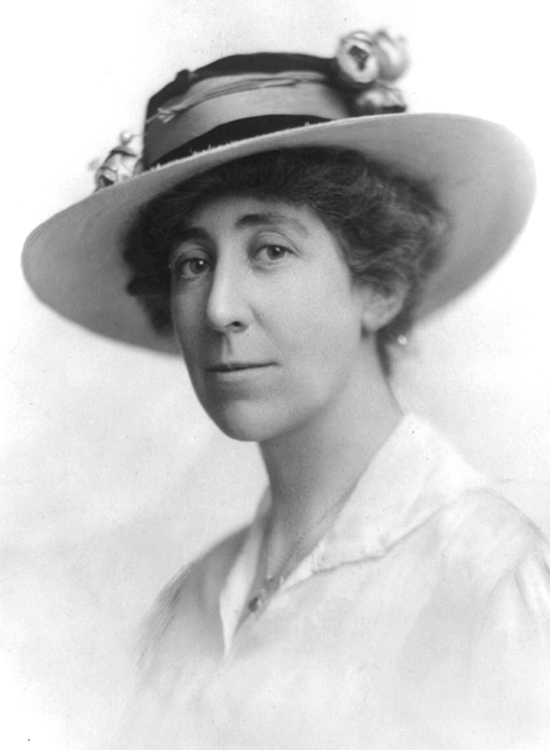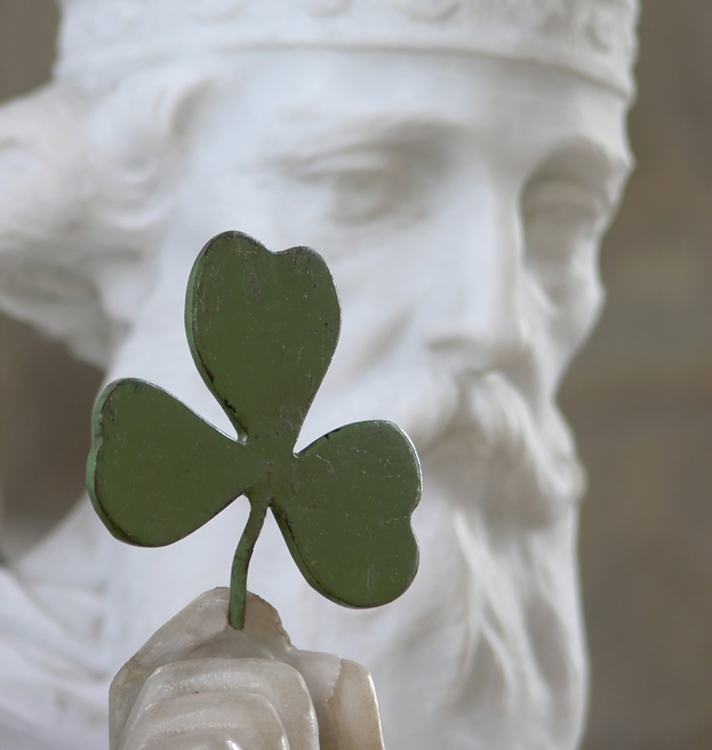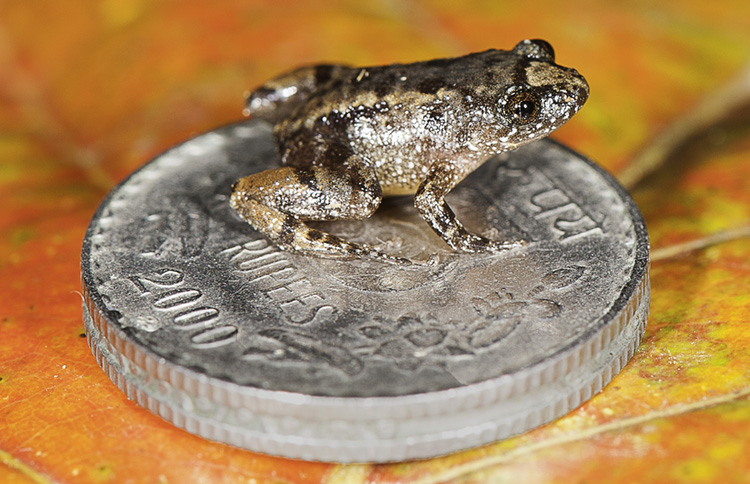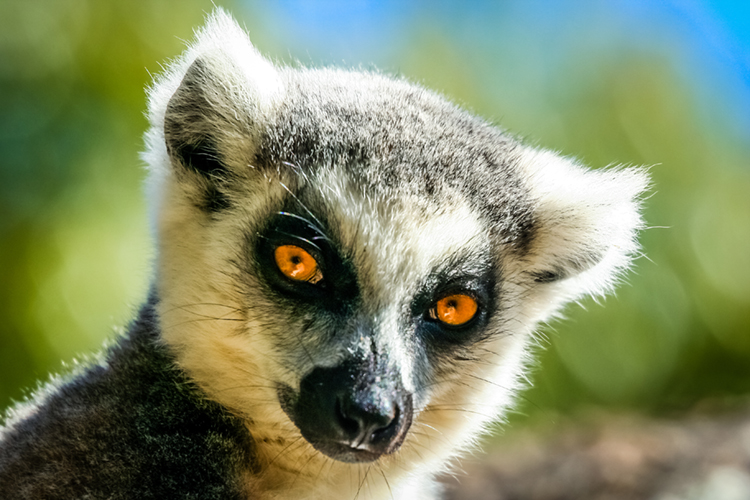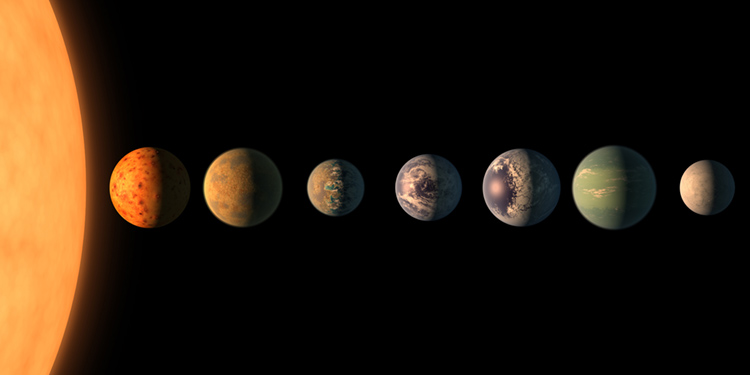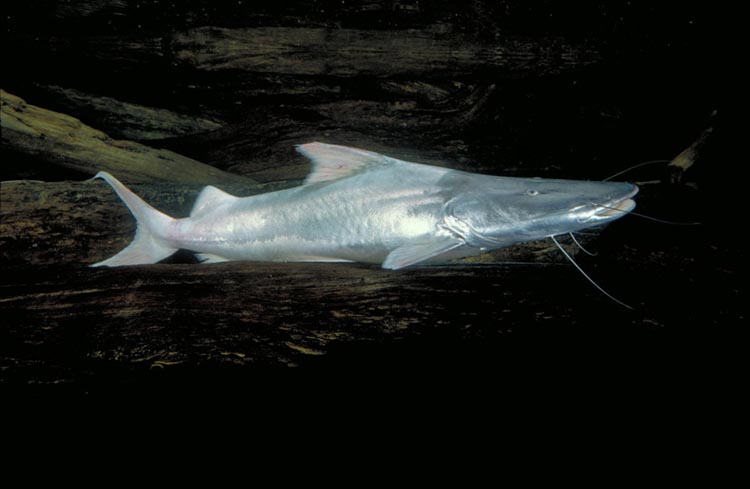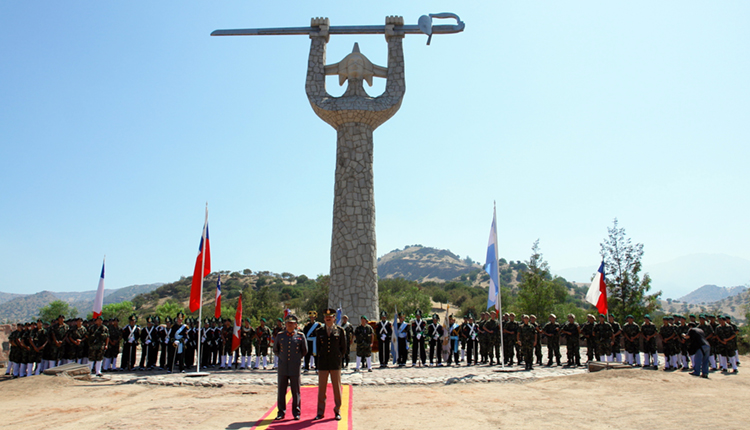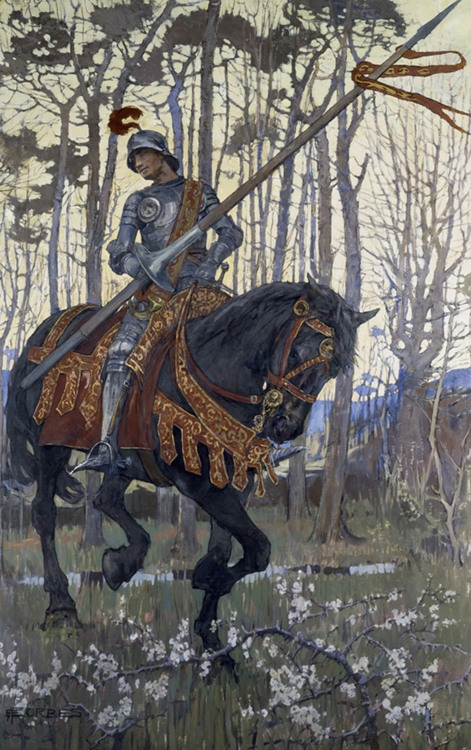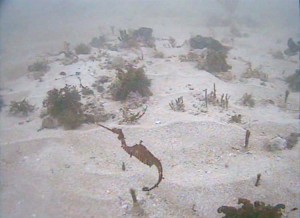Current Events Lesson Plan: March 23-29, 2017
Wednesday, March 29th, 2017Current Event: Women’s History Month: Jeannette Rankin
April 2, 2017, marks the 100th anniversary of when Jeannette Rankin took office after becoming the first woman elected to the U.S. Congress. A Republican, Rankin served from 1917 to 1919 as congresswoman at large from Montana. “I may be the first woman member of Congress,” she observed upon her election in 1916. “But I won’t be the last.” Rankin was prescient: today, more than 100 women serve in the U.S. Congress. Rankin was born on June 11, 1880, near Missoula, Montana. After college, Rankin became involved in the woman suffrage movement. In 1911, she became the first woman to speak before the Montana legislature, in which she made her case for woman suffrage. Her speaking and organizing efforts helped Montana women win the right to vote in 1914. Along with Nevada, where women also won the vote that year, only 11 states had granted full voting rights to women by this time. In 1916, Rankin campaigned for one of two at-large seats for the U.S. House of Representatives in Montana. Rankin ran as a progressive, emphasizing social welfare issues and pledging to work for a constitutional woman suffrage amendment. She came in second to Democratic Representative John M. Evans, winning Montana’s second House seat and becoming the first woman to serve in Congress. In 1940, Rankin was elected to the House of Representatives for one term. She won fame in 1941 as the only member of Congress to vote against U.S. entry into World War II (1939-1945). She died on May 18, 1973, in Carmel, California. At the time of her death, at age 92, Rankin was considering another run for a House seat to protest the Vietnam War (1957-1975). A statue of Rankin represents Montana in the U.S. Capitol in Washington, D.C.
Objective:
The United States Congress makes the nation’s laws. Congress consists of two bodies, the Senate and the House of Representatives. Both bodies have about equal power. The people elect the members of Congress. The 100-member Senate consists of 2 senators from each of the 50 states. The House of Representatives, usually called simply the House, has 435 members. House members, or representatives, are elected from congressional districts of about equal population into which the states are divided. A new Congress is organized every two years, after congressional elections in November of even-numbered years. Voters elect all the representatives, resulting in a new House of Representatives. About a third of the senators come up for election every two years. The Behind the Headlines news story and related World Book articles explore various people and institutions of the United States government.
Words to know:
- Congress of the United States
- House of Representatives
- Jeannette Rankin
- Montana
- Statuary Hall
- Woman suffrage
- Women’s History Month
Discussion Topics:
1. Ask your students what they know about Montana. (Students might say that Montana is one of the largest states in area, but one of the smallest in population; Helena is the capital and Billings is the largest city; the Battle of Little Bighorn [“Custer’s Last Stand”] occurred in Montana; the Rocky Mountains cover the western two-fifths of the state.)
2. Jeannette Rankin is honored with a statue in Statuary Hall. Go to the Statuary Hall article to see other people who are so honored. Who else (possibly from your home state) deserves to be honored with a statue in Statuary Hall? (If you live outside the United States, what person deserves to have a memorial or monument in your country’s capital city?)
3. Ask your students to use World Book’s Timelines feature to view or add to the Women’s Firsts in the Modern Era timeline.

